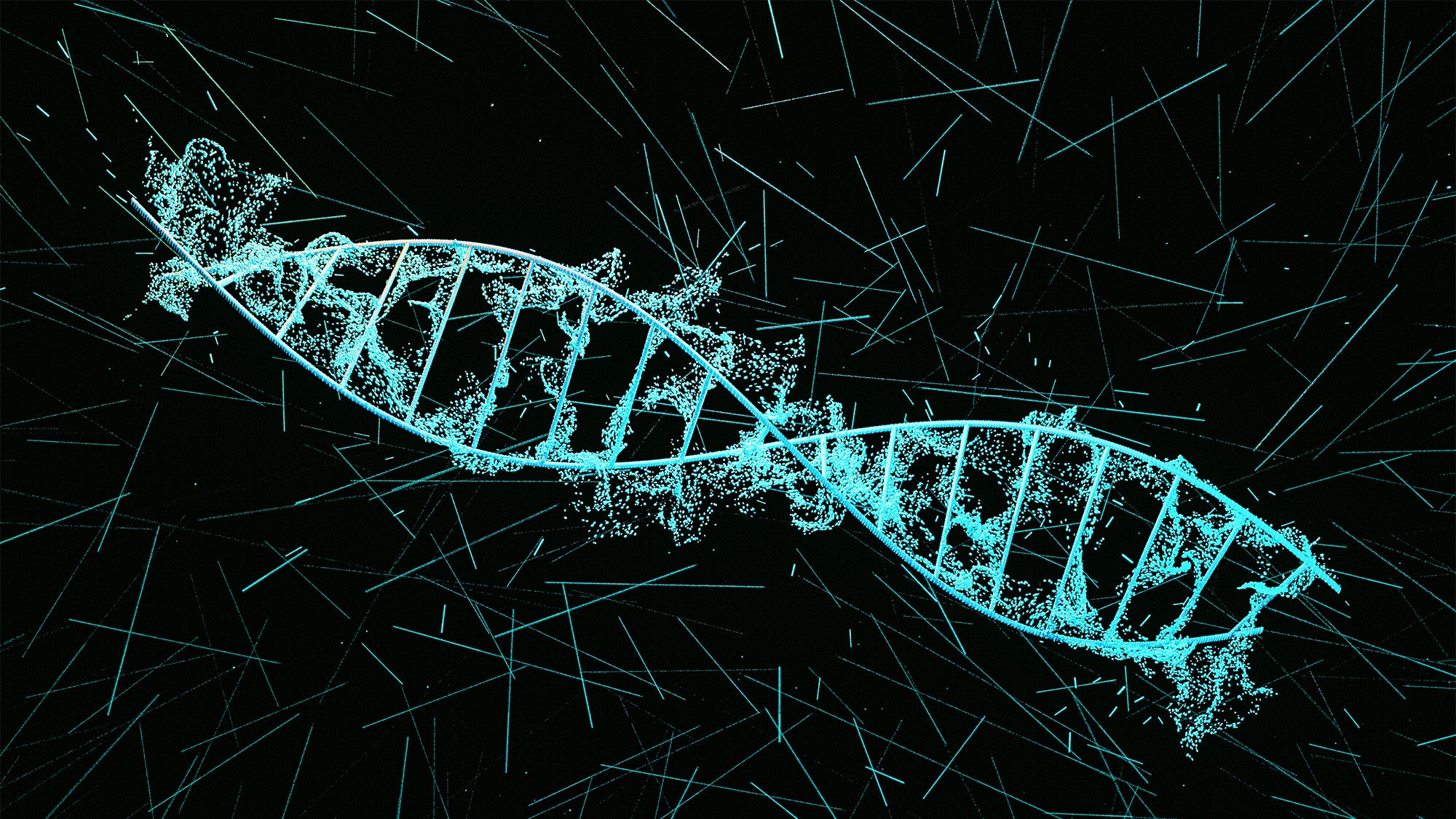Researchers Develop Method to Monitor Cancer Radiotherapy Effects at the Cellular Level

Posted in News Release | Tagged cancer, cancer research, cell-free methylated DNA, radiation
Knowledge From Blood Samples Could Aide Clinicians in Delivering Safest Possible Radiation Doses While Avoiding Harm to Non-Cancerous Tissue
Media Contact
Karen Teber
km463@georgetown.edu
WASHINGTON (June 20, 2023) — Using complex molecular tools, researchers have determined how to measure, in real time, the effect that radiation treatment for cancer can have at the cellular level on surrounding healthy tissue.
This collaborative effort between cellular and radiation labs and the clinic at Georgetown University’s Lombardi Comprehensive Cancer Center and computational biologists at Hebrew University in Jerusalem, Israel, showed that changes in a form of DNA, called cell-free methylated DNA, can trace the effects of radiotherapy down to the cellular level and provide a readout of what should be the most biologically effective radiation dose that could be absorbed by healthy tissues without causing damage.
The finding appeared June 15, 2023, in JCI Insight.
Because there are currently few reliable biomarkers of radiation-related damage at a cellular level that correspond with the dose of radiation given, the investigators turned to two specific features as tracking measures, the first being cell free DNA (cfDNA). When a cell dies, its DNA is broken down and released into the bloodstream. To identify the cellular origins of the cfDNA fragments in the circulation they used a second feature, namely highly cell-type specific DNA methylation patterns.
“Modern advances in radiation therapy now allow for making target coverage and dose delivery of radiation very precise. However, the liver and other healthy tissues are still exposed as part of many planned radiotherapies for breast cancer, as well as with other cancer types, which is why we explored this therapeutic intervention specifically in our study,” says Anton Wellstein, MD, PhD, professor of oncology and pharmacology at Georgetown Lombardi and senior author for this article. “The degree of sensitivity of our approach was validated when we found an increase in liver cell-specific DNA in the circulation of patients receiving radiation treatment for right-sided breast cancer.”
Looking beyond the impact on the liver, based on analyses of serum samples from breast cancer patients undergoing radiation treatment, the investigators found distinct dose-dependent and tissue-specific responses to radiation across multiple organs. To corroborate their findings in patients, the researchers also conducted experiments in mouse models where they could rely on tissue analysis in the lab under varying administration of radiation doses in addition to data from patients’ blood samples collected before, during and after their treatments.
“One of the benefits of using blood samples is the opportunity to look at serial samples from the same person over time, which enables us to have a baseline comparison to assess therapy-related changes at an individualized level,” explains Megan McNamara, a MD/PhD (MD in 2026, PhD in 2024) student in the Wellstein lab and lead author of the article. “Blood samples also offer a systemic view of processes happening across the body, as opposed to traditional tissue biopsies that are limited to the cells represented in a small area of a tissue or tumor that is biopsied.”
As for future directions of their research, the investigators hope to explore if the methylated cfDNA changes that occur soon after radiation treatment can predict later onsets of toxicity and perhaps also be more broadly applicable to a wide variety of clinical interventions.
“We’d also like to compare tissue effects of different radiation treatment approaches, such as three-dimensional conformal radiation therapy, proton beam therapy and intensity-modulated radiation therapy. Likewise, exploration of regional variation of dose administration in different tissues and cell types impacted may offer opportunities to reduce tissue toxicity,” concludes Wellstein.
In addition to McNamara and Wellstein, other authors at Georgetown University include Marcel O. Schmidt, Amber J. Kiliti, Sidharth Jain, A. Patrick McDeed IV, Sarah Martinez Roth, Nesreen Shahrour, Yun-Tien Lin, Heng-Hong Li and Anna Riegel; Elizabeth Ballew, Sonali Rudra and Keith Unger are at Medstar Georgetown University Hospital; Netanel Loyfer, Sapir Shabi-Porat and Tommy Kaplan are at The Hebrew University of Jerusalem, Israel, and Anne Deslattes Mays is at Science and Technology Consulting, LCC, Farmington, CT.
This research was supported in part by funding from National Institutes of Health grants T32-CA009686, F30-CA250307, R01-CA231291 and P30-CA51008.
Georgetown University filed a patent related to some of the approaches described in this manuscript. McNamara and Wellstein are named as inventors on this application. The remaining authors declare that the research was conducted in the absence of any commercial or financial relationships that could be construed as a potential conflict of interest.
